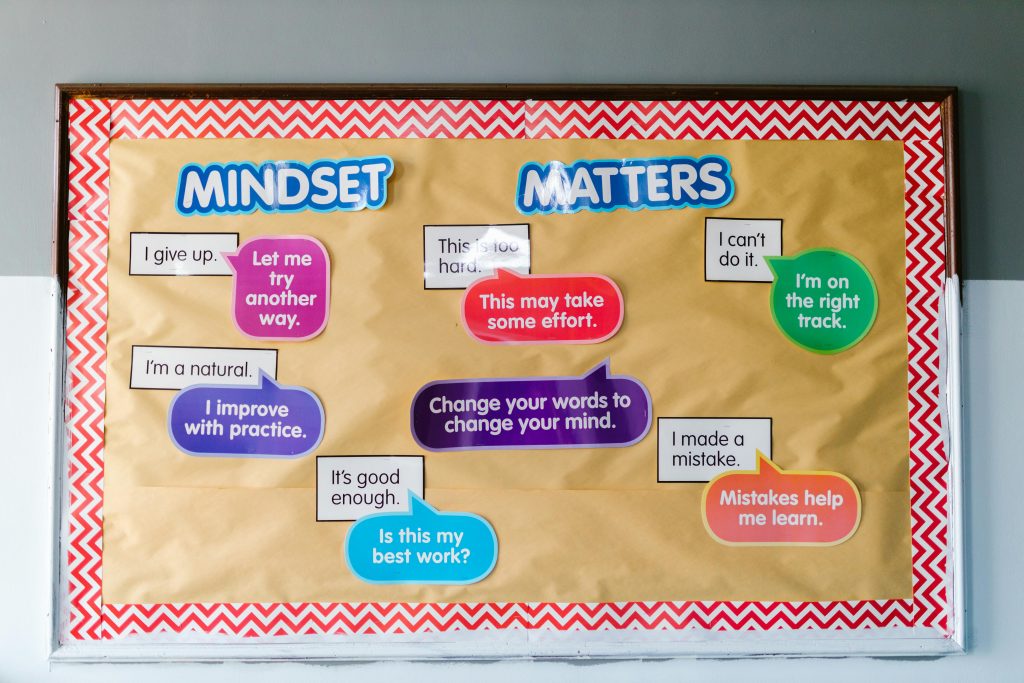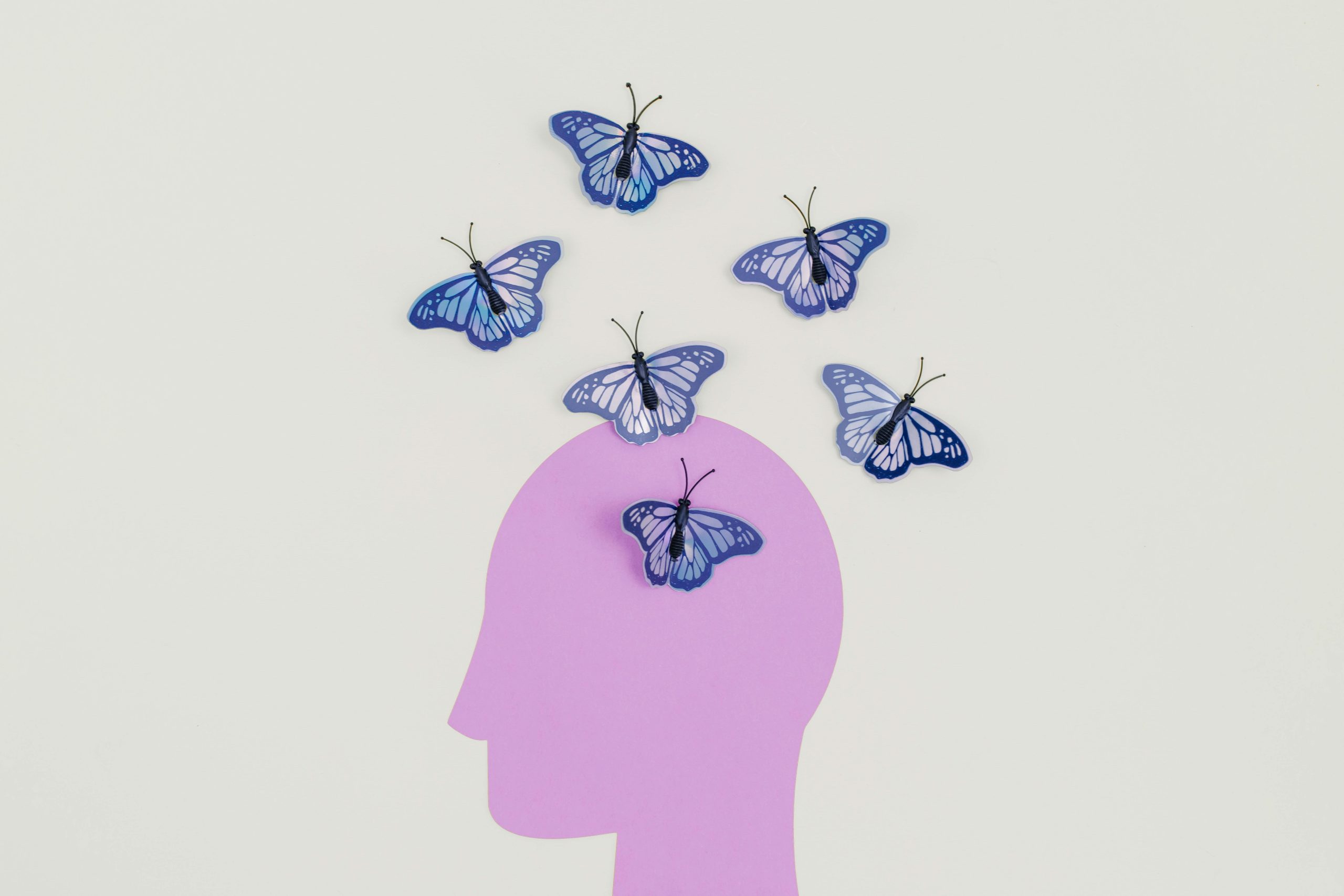Introduction
The way you think about your abilities can have a profound effect on your personal success, career growth, relationships, and overall happiness. This idea is at the core of Carol Dweck’s well-known concept of fixed vs. growth mindsets, which has gained widespread attention in psychology, education, business, and personal development.
But what exactly are these mindsets, how do they differ, and why do they matter? In this article, we’ll explore the key differences between fixed and growth mindsets, real-life examples, and practical tips to help you foster a mindset that supports lifelong learning and achievement.
What Is Mindset?
Mindset refers to the collection of beliefs and assumptions you hold about your abilities, intelligence, talents, and potential for growth. Your mindset influences how you approach challenges, setbacks, effort, and success.
In simple terms:
- Fixed mindset: Belief that abilities are static and cannot change.
- Growth mindset: Belief that abilities can be developed through effort, learning, and persistence.

Defining Fixed Mindset
A fixed mindset assumes that intelligence, talent, and ability are inherent traits that you either have or don’t have.
Key beliefs associated with a fixed mindset:
- “I was born good (or bad) at this.”
- “If I fail, it means I’m not smart or talented enough.”
- “Effort is pointless if you need talent to succeed.”
- “Feedback is criticism of my ability.”
People with a fixed mindset often avoid challenges, fear failure, and give up easily because they view struggle as a reflection of personal inadequacy.
Defining Growth Mindset
A growth mindset believes that abilities and intelligence can be developed with practice, learning, and resilience.
Key beliefs associated with a growth mindset:
- “I can improve with effort and practice.”
- “Mistakes are opportunities to learn.”
- “Effort is what helps me grow and succeed.”
- “Feedback helps me get better.”
Those with a growth mindset embrace challenges, persist through obstacles, and view failure as part of the learning process.

Key Differences Between Fixed and Growth Mindsets
| Aspect | Fixed Mindset | Growth Mindset |
|---|---|---|
| Beliefs About Ability | Abilities are fixed and innate | Abilities can be developed |
| Response to Challenges | Avoids challenges | Embraces challenges |
| Response to Failure | Views failure as proof of inadequacy | Views failure as a learning opportunity |
| Effort | Sees effort as pointless | Sees effort as essential |
| Feedback | Takes feedback personally | Uses feedback to improve |
| Success of Others | Feels threatened by others’ success | Feels inspired by others’ success |
| Risk-Taking | Avoids risk to protect self-image | Willing to take risks and learn from mistakes |
Real-Life Examples
Fixed Mindset Scenario:
A student believes they are “bad at math” and avoids math courses, thinking they’ll never improve regardless of study or practice.
Growth Mindset Scenario:
A student struggles with math but views each mistake as a chance to learn. Over time, through practice and persistence, their skills improve significantly.
Fixed Mindset in the Workplace:
An employee avoids taking on challenging projects for fear of failure and damaging their reputation.
Growth Mindset in the Workplace:
An employee actively seeks new challenges, welcomes feedback, and takes professional development courses to build new skills.
Why Mindset Matters
Your mindset influences:
- Academic achievement
- Career progression
- Emotional resilience
- Leadership ability
- Relationships
- Personal fulfillment
Research shows that individuals with a growth mindset are more likely to:
- Persist through difficulty
- Seek feedback
- Adapt to change
- Achieve long-term goals
Mindset shapes how you experience life’s inevitable ups and downs.

Can You Change Your Mindset?
Yes. While your default mindset may lean toward fixed or growth, you can cultivate a growth mindset through conscious practice.
Practical strategies to shift toward a growth mindset:
- Replace “I can’t do this” with “I can’t do this yet.”
- View mistakes as valuable learning experiences.
- Focus on effort and progress rather than perfection.
- Seek constructive feedback and apply it.
- Celebrate learning and persistence, not just outcomes.
- Surround yourself with people who encourage growth.
Changing your self-talk is one of the most effective ways to begin shifting your mindset.
Common Misconceptions About Growth Mindset
- It’s not about being endlessly positive: Growth mindset involves acknowledging challenges and still believing in improvement through effort.
- It doesn’t ignore natural talent: Natural ability exists, but it’s only part of the equation. Effort and learning still play major roles.
- It’s not instant: Developing a growth mindset takes practice and deliberate reflection.

Growth Mindset in Education and Leadership
Educators, parents, and leaders can foster growth mindsets in others by:
- Praising effort, strategies, and persistence rather than innate talent.
- Normalizing failure as part of learning.
- Encouraging problem-solving and experimentation.
- Providing specific, actionable feedback.
In schools and workplaces where growth mindset is encouraged, people tend to take more initiative, collaborate better, and develop stronger problem-solving abilities.
Conclusion
The difference between fixed and growth mindsets lies in how you view your abilities and potential. A fixed mindset limits your growth by convincing you that success is predetermined by talent. A growth mindset empowers you to view challenges as opportunities, embrace learning, and build resilience in the face of setbacks.
Your mindset is not fixed—it’s a choice and a skill you can nurture over time. By shifting your thinking, you open yourself to continuous growth, greater achievement, and a more fulfilling life.


